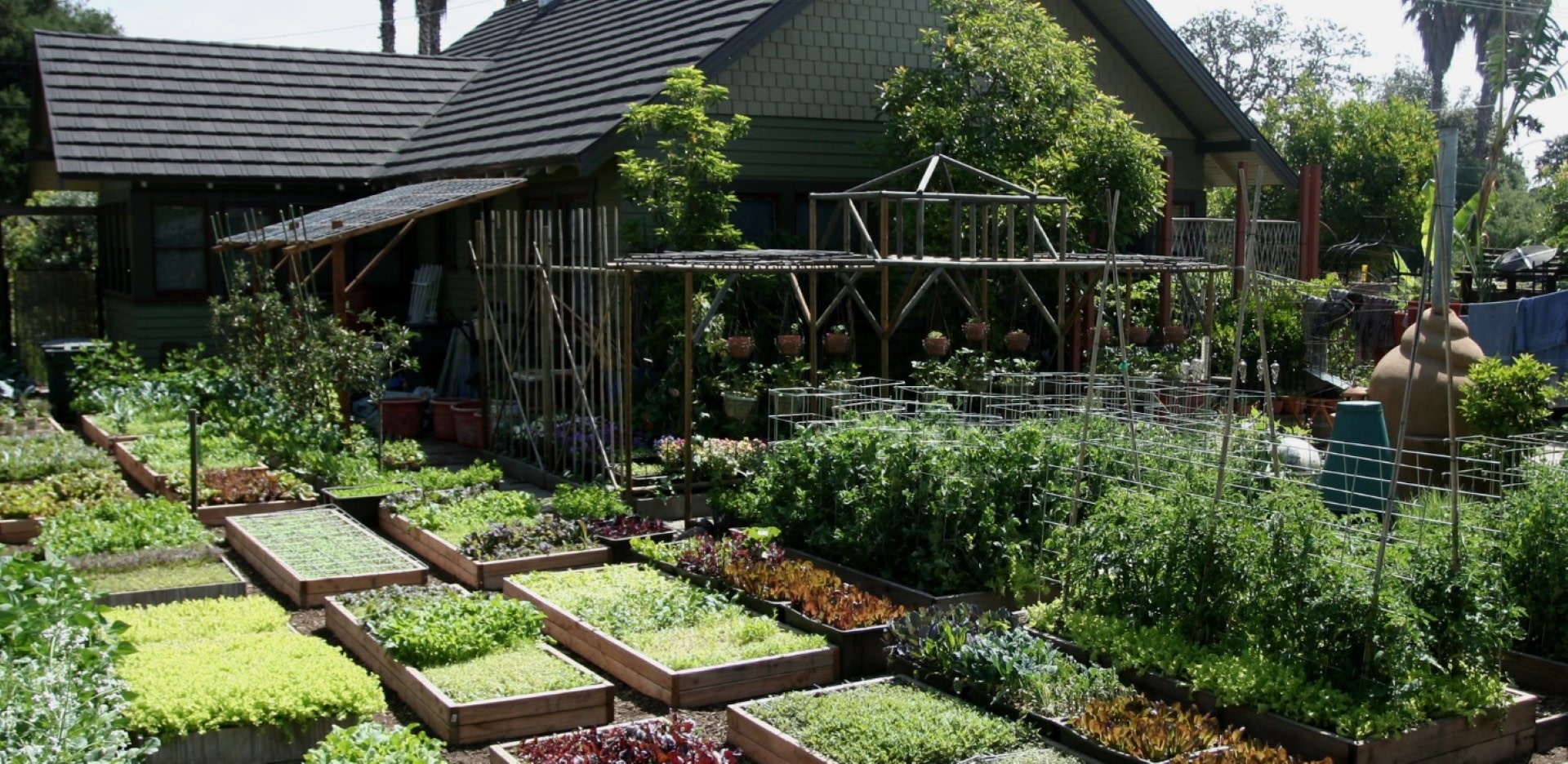Cultivating Sustainability: Urban Homesteading Landscaping Unveiled Urban homesteading landscaping is not just a trend; it's a lifestyle that transforms urban...
permaculture principles
Nature's Canvas Unveiled: Exploring Diverse Natural Landscaping In the realm of landscaping, the concept of diverse natural landscaping has gained...






